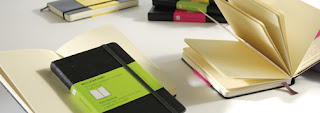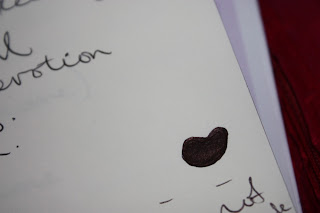Wednesday, 20 October 2010
GET OUTSIDE
I could go down the line of telling people where nice walks are.. Planning out the walks. for instance we are only 40 mins away from yorkshire moors, the penines etc. There is so much to see!
I think with this though needs to be some really organic design. most probably hand crafted. I think something digital would contradict what I am trying to get across.
Looking closer into the benefits of being outside.
Being outside.
BEING OUTSIDE.
There is something about being outside that is really refreshing. when I am inside and have nothing to do I get frustrated really quickly but outside there is so much to occupy my mind, so much to see and it just feels good.
Whats the science behind it??
With technology and information more and more of our time is spent inside. We travel from one box to the next. We sleep inside we eat inside we step into our cars and move to our next compartment all without going outside. There is a growing body of research showing the health benefits of being outside. Speeding the recovery from medical procedures and increasing energy levels to better mental clarity and longer attention span, the list of known benefits is compelling. Our modern lifestyle has developed to the point where going outside has become an “option”, the effects of this are just beginning to be understood.
The benefits of exercise can be summed up as putting more years in your life and more life in your years. The health effects are numerous and lack of exercise is being touted as one of the most significant factors in our burgeoning health care costs. The surgeon general is recommending at least 5 hours of physical activity each week, estimates are that 60% of us fall short of that minimum.
Spending time outside and exercise are both utilized as stress reduction techniques. Either one will boost energy levels and increase one’s sense of well being.
The combination is greater than the sum of its parts. Achieving two compatible necessities at once, time is saved. Outdoor exercise tends to encourage more complex movements often preformed on varied ground surfaces. This creates a greater development of coordination and the muscles which stabilize the body. Increased strength in movement has a better correlation to life’s challenges of carrying kids or running up the stairs than does the isolated muscle strength created through restricted movement patterns.
To get started just open the door and step out. Walk, hike, run, ride a bike, play with your kids, join a soccer league, train for a triathlon, join an outdoor boot camp… the choices are virtually endless. Combined with healthy eating habits you will not only gain health and vitality for yourself but set the example for your family and friends. Happy Trails! (http://www.wellsphere.com/recreation-article/the-benefits-of-exercising-outdoors/3989)
Monday, 11 October 2010
Shopping
This could definitely be a market for me to look further into. Talk to shops and ask why they have not been stocking rounders kits. Are shops too full of the sports that make loads of money? (probably).
whenever I play rounders...
I want to hold onto this informality and comfort created by what is usually seen as a competitive sport.
They don't need encouraging.
Wednesday, 6 October 2010
Rounders vs Baseball
Personally, even though baseball is a huge game in America, I much prefer rounders. Rounders is more humble and modest. It doesn't show off and is not in your face but it is a game for everyone. All ages, male/female, families, students etc. I love that rounders is so English and would prefer it to stay that way.
I think I need to set people straight thinking that they are the same... because rounders is so much better.
Tuesday, 21 September 2010
A selection of my notebooks.
All different shapes and sizes. Another reason why notebooks are so good. You can buy them to suit your personality or your mood or current style. Personally I prefer block coloured ones. My favourite is the orange hard back one with elastic around it. It has some lovely little pockets inside too. Very practical and made me want to use it all the time... which is what you want when you do a course like this one!
Monday, 20 September 2010
Do you like rounders?
- Yes! Its fun and the rules are easy to remember.
- yes! i love that you can hit the ball far enough it'll get you the rounder!!! WINNER
- no, i could never ever hit the ball!!
- yes. i like the running part.
- No, rubbish at all games.
- No - just because.
- Yes - cos any number can play and any age.
- No - No hand/eye coordination and I've always been useless at running!
- No, a thousand times no, I once got a black eye from a rounders ball, never could hit the drated thing!!
- I love it! Haven't played since the kids were little but I always felt that it was a game I did ok at. Yep - definitely really enjoy rounders.
- I love playing rounders, its one of the best games around, and its always fun to do on a nice sunny day in the park, with loads of friends... everyone should play it. xx
- yes: great game for a big group of people.
Rounders today
Moleskine notebooks
WHY DO WE DOODLE?
An article I found on www.theregister.co.uk
Why do we doodle?
Do men and women doodle differently
Do our doodles reveal sexual thoughts?
Doomed if you do, doomed if you doodle
JFK and the 9/11 conspiracy doodle
Sunday, 19 September 2010
























































